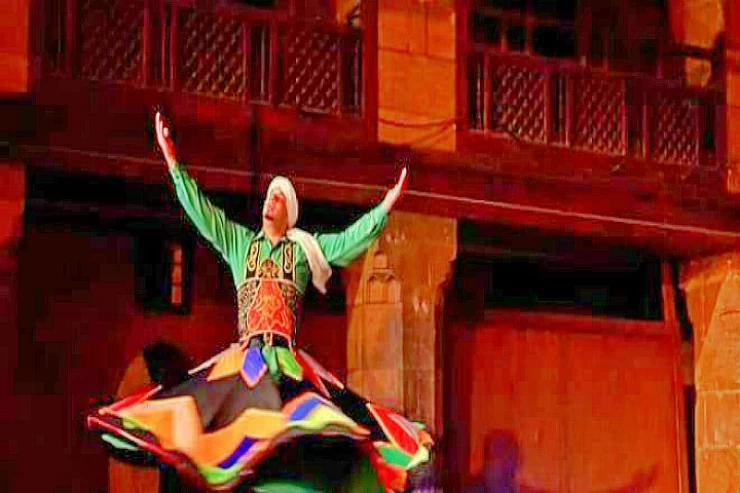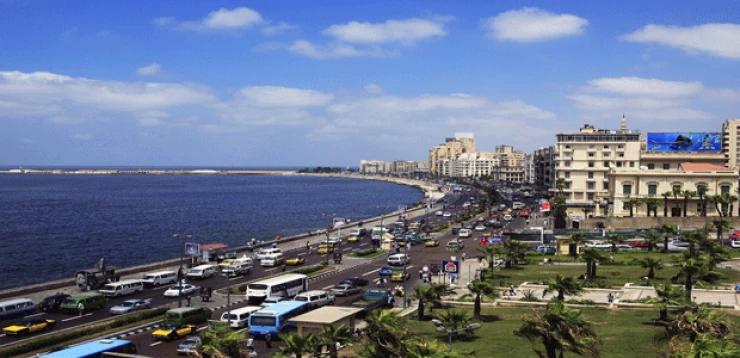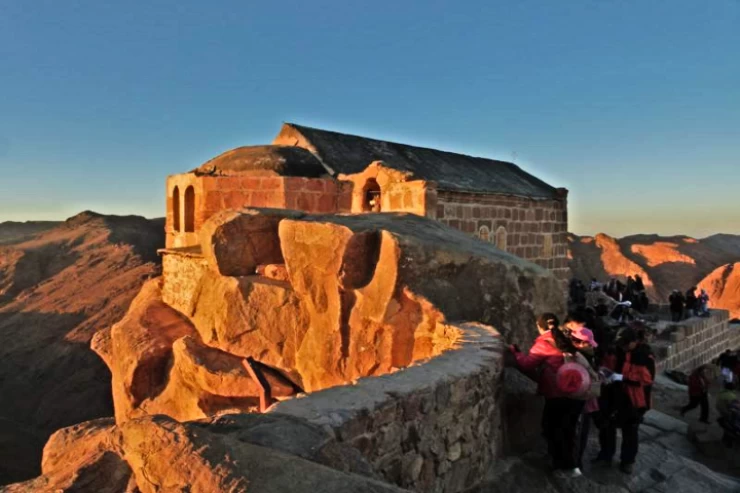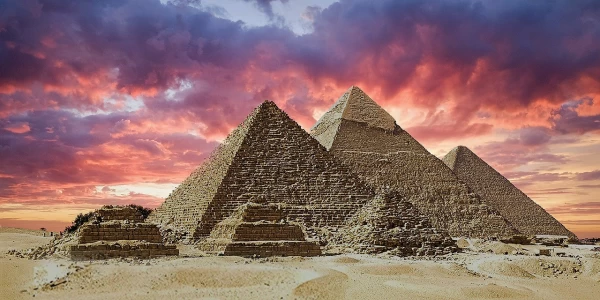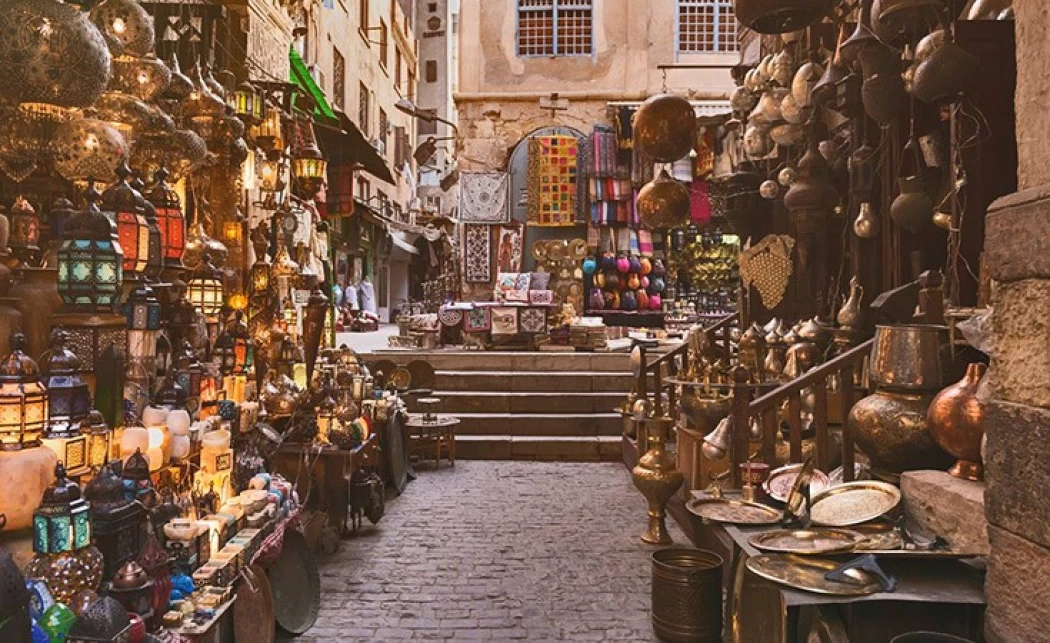
Khan El Khalili
Khan el-Khalili
Khan el-Khalili is a well-known marketplace and bazaar located in the ancient heart of Cairo, Egypt. Originally created as a hub for commerce during the Mamluk period and named after one of its many ancient inns, the bazaar area has now transformed into a popular destination in Cairo for both locals and visitors. Many Egyptian craftsmen and studios are also situated there, contributing to the creation of customary handicrafts and mementos. Originally, Khan el-Khalili referred to just one building in the region; nowadays, it encompasses the entire shopping area.
During the Fatimid era (10th-12th centuries), Khan el-Khalili was a prominent location.
Cairo was first established in 969 CE as the main city for the Fatimid Caliphate, which ruled over a large area including North Africa, the Levant, and the Hijaz. Jawhar al-Siqilli, the military leader who captured Egypt for the Fatimid dynasty, was tasked with building an extensive palace complex for the caliphs, their staff, and the government offices. Ultimately, two palaces were built - a larger eastern one and a smaller western one, with a plaza called Bayn al-Qasrayn in between. 'Among the Two Palaces'. The current area of Khan el-Khalili was once part of the Fatimid palace's southern end and the burial ground for the Fatimid caliphs, including the mausoleum Turbat az-Za'faraan. This area also housed a smaller palace called al-Qasr al-Nafi'i, which is now the location of the Wikala of Sulayman Agha al-Silahdar from the 19th century.
Standing proud in the heart of Islamic Cairo, Khan El Khalili is considered one of the oldest and most famous markets of the Middle East. Tracing its origin back to the 14th century, the colorful bazaar was witness to more than 600 years of trade, culture, and art. Whether you're set to explore Cairo for the very first time or have been visiting it time and time again, the charm of Khan El Khalili stays forever: enchantment of a thousand years, full of history, energy, and a little bit of that unique Egyptian flavor.
Walking Through History
Since 1382, Khan El Khalili has been around when Emir Djaharks El Khalili erected it as a caravanserai to provide resting and storage facilities for traveling merchants and traders. Two or so centuries later, the place had become a hive of commercial activities and traders from across the lands would come here to trade in spices, silks, jewelry, and precious metals.
Today, Khan El Khalili retains its medieval architecture; narrow alleyways, stone archways, and traditional wooden shops make the visitor feel as if they have stepped back in time. The smells of spices fill the air, and a whirl of voices brings about the sound of haggling, with artisans in the backdrop pounding the rhythm of work on jewelry, sandalware, and souvenir craft.
Finding Hidden Treasures of the Market
Every corner of Khan El Khalili can surprise you with beautiful lanterns, wonders on papyrus, handmade jewellery, or one of the many scents of tea. The bazaar is heaven for anyone and everyone, whether a shopper or a history buff and culture seeker, providing never-ending avenues to delve into Egypt's rich artistic heritage.
Such amazing crafts and souvenirs! A visit to Khan El Khalili Bazaar is never complete without visiting these shops, where you will find glittering jewelry and lanterns made entirely by hand, each symbolizing the artistic heritage of Egypt.
- Gold, Silver, and Metal Design
The jewelers and metalworkers are famous in the bazaar for their finely made gold and silver jewelry, along with brass and copper items that are hand-engraved. Also, there are the ideal type of gifts or souvenirs to take with you: wooden boxes with mother-of-pearl inlay.
- Mosaic Lanterns and Glass Art
Among the most spectacular sights that one can see in Khan El Khalili is the colored glass mosaic lanterns. When they are lit, they cast beautiful patterns of light, filling the air with a warm Oriental vibe. You could even go to small workshops scattered throughout the market to bear witness to glass blowers at work—the perfect way to watch traditional crafts being made before your very eyes.
- Carpets and Textiles
Many still weave Egyptian kilims and carpets by hand in the local workshops. Stories are narrated through pattern designs and colors, transmitted through time.
- Perfume Oils and Bottles
Khan El Khalili also has a charm of small shops that sell Egyptian-produced oils of fragrance. The perfumes were made with local plants and flowers, enclosed in elegant hand-blown glass bottles-great souvenirs that combine art and fragrance.
A Feast for the Senses:
Spices markets in Khan El Khalili, from A to Z, offer a thrilling treat for the eyes and nose. The stalls are adorned with colorful mounds of saffron, cumin, cardamom, cinnamon, and many other spices, releasing an intoxicating aroma into the air.
Herbal and Natural Products:
Besides spices, there are establishments selling all sorts of medicinal herbs and natural products, like hibiscus tea, black seed, and camphor. The chemists-restaurateurs are true professionals, able to elucidate the positive effects and contraindications of the various herbs. Therefore, it should be quite a learning experience, whether buying souvenirs or just exploring a bit of Egyptian health culture.
Papyrus Paintings, Ancient Art, and Egyptian Handcrafts:
As you walk through the bazaar, many stores present countless papyrus artworks of unimaginable beauty. Skilled artists painstakingly recreate ancient Egyptian scenes - gods, pharaohs, and hieroglyphics - that breathe life into history through this traditional canvas. These artworks make perfect souvenirs, tying you directly to Egypt's ancient heritage.
Reproduction Artifacts:
You also get to find replicas of ancient statues and artifacts, including Anubis, Bastet, and Horus figures, along with jewelry inspired by tomb treasures. These handcrafted pieces show Egypt's close affinity to her ancient past.
Textiles, Traditional Fashion, and Handwoven Crafts
Egyptian Style and Elegance:
Fashion enthusiasts will enjoy the mall after stalls selling galabeyas, kaftans, and embroidered scarves in countless bright colors and patterns: some with designs forever classic and simply traditional, while many others merge classic and contemporary aesthetics-perfect for any traveler to take home.
Hand-woven Treasures:
You will discover carpets, kilims, and Egyptian cotton textiles in all their gorgeousness, each carrying signs of the craftsmen who created it hundreds, if not thousands, of years ago. These items carry tales of Egyptian artwork and would be a perfect addition to any home.
El Fishawi’s Café — The Café of Mirrors A Historic Gem:
El Fishawi’s Café, called the Café of Mirrors, is among Cairo’s oldest and most famous coffee places, approximately 200 years old. Through the centuries, it opened its doors to Egypt’s greatest writers, artists, and thinkers, thus establishing itself as an eternal landmark at the heart of Khan El Khalili.
- Atmosphere & Charm:
Right in the middle of the bazaar, El Fishawi’s exudes a warm and quaint atmosphere. The mirrored walls of the café, wooden furniture, and the never-ending clinking of coffee cups and conversations strike an authentic old Cairo note on their own. It’s simply suitable to unwind, sip on some cool mint tea or Turkish coffee, and gaze at life taking a stroll.
- Shisha Experience:
And if you want to really go local, just try a shisha at El Fishawi’s. It comes in all sorts of flavors — from the classic apple to super sweet grape — truly an Egyptian flavor of café culture!
Khan El Khalili is not only a famous bazaar — it also serves as a living museum of Egyptian art, music, and storytelling. Every corner here is saturated with history, rhythm, and creativity.
- Traditional Sufi Shows
At Wekalet El Ghouri, an old venue near Khan El Khalili, you have the opportunity to witness the Al-Tannoura Dance Troupe in a mesmerizing Sufi performance.
Dervishes clad in vibrant, colorful skirts whirl elegantly to the rhythms of live instrumental music: a breathtaking expression of faith, rhythm, and devotion. It is a must-see, spiritual-based show of Cairo.
- Street Musicians and Live Performances
Much of the time, while walking through the market, you are bound to hear traditional instruments being played: oud and qanun. These street musicians performing in the bazaar enchant one with melodies from old Cairo.
Hakawati, or storytellers, may present tales and ancient Egyptian folk tales. Their tales breathe life into Cairo's history and offer a snapshot of the rich cultural heritage of the city.
Tip: An early evening visit would be best since the bazaar starts lighting up, with the sound of music and performances turning Khan El Khalili into a stage for living culture.







